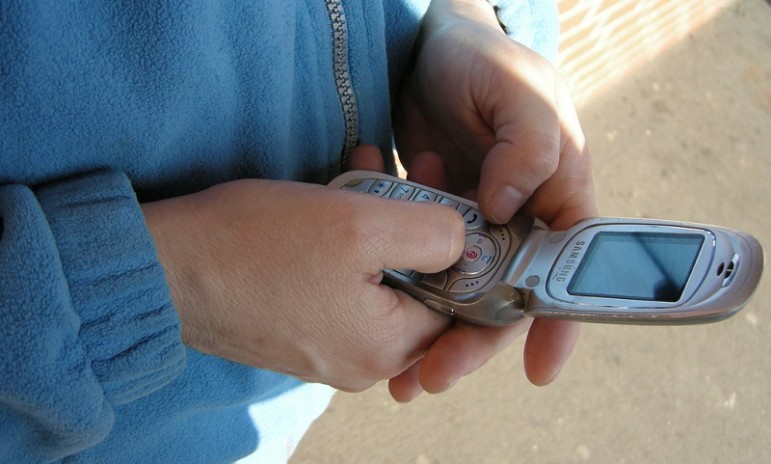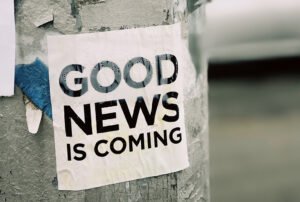
February 18, 2016; Alaska Dispatch News
Residents in Anchorage, Alaska will now have a more streamlined way to determine whether or not they are eligible for the Supplemental Nutrition Assistance Program (SNAP). It’s estimated that 27 percent of the people in Anchorage who would be eligible aren’t even applying. Some assume that they do not meet the criteria, while others are discouraged by the 28-page application process. A partnership between a Chicago-based, all-woman software development company called mRelief and the nonprofit organization Code for Anchorage now allows anyone with a cell phone to determine their eligibility for SNAP benefits by answering a series of 10 questions via text messaging.
mRelief’s website says its mission is to “restore dignity by transforming access to social services. We envision a world where everyone in financial need can access their social safety net in a way that doesn’t add to the already stressful circumstance of poverty.” The group is entirely composed of young women, three of whom were founders.
Sign up for our free newsletters
Subscribe to NPQ's newsletters to have our top stories delivered directly to your inbox.
By signing up, you agree to our privacy policy and terms of use, and to receive messages from NPQ and our partners.
Residents do not need to have a smartphone; any phone with text messaging capability, including an old flip-phone, will do. And the cell phone doesn’t have to belong to the resident. People can borrow one from a family member or friend to determine eligibility. If it is determined that a person does not qualify, he or she is then directed to resources that can help such as a local food pantry.
NPQ’s recent coverage of SNAP benefits has focused upon the impact on people in danger of losing their benefits as pre-recession criteria go into effect across the country in 23 states this year. However, in Alaska, the story is about how to make it easier for eligible citizens to receive SNAP benefits. Alaska still largely relies on a paper-based application system. This causes a delay in residents being notified whether or not they are eligible, if they are ever notified at all. Determining eligibility through text messaging can connect hungry people to benefits in a timelier manner. This could alleviate some of the pressure on local food banks and pantries and also provide approximately $66 million in state revenue.
This intersection of technology, nonprofit organizations, and government programs is also being used to connect low-income residents of Chicago with other resources. People can check their eligibility for public transportation assistance, Medicaid and Medicare, and early childhood education assistance. And the other component of the Anchorage text messaging system is that those currently eligible for SNAP benefits can check their balance with their phone, too.—Kelley Malcolm













